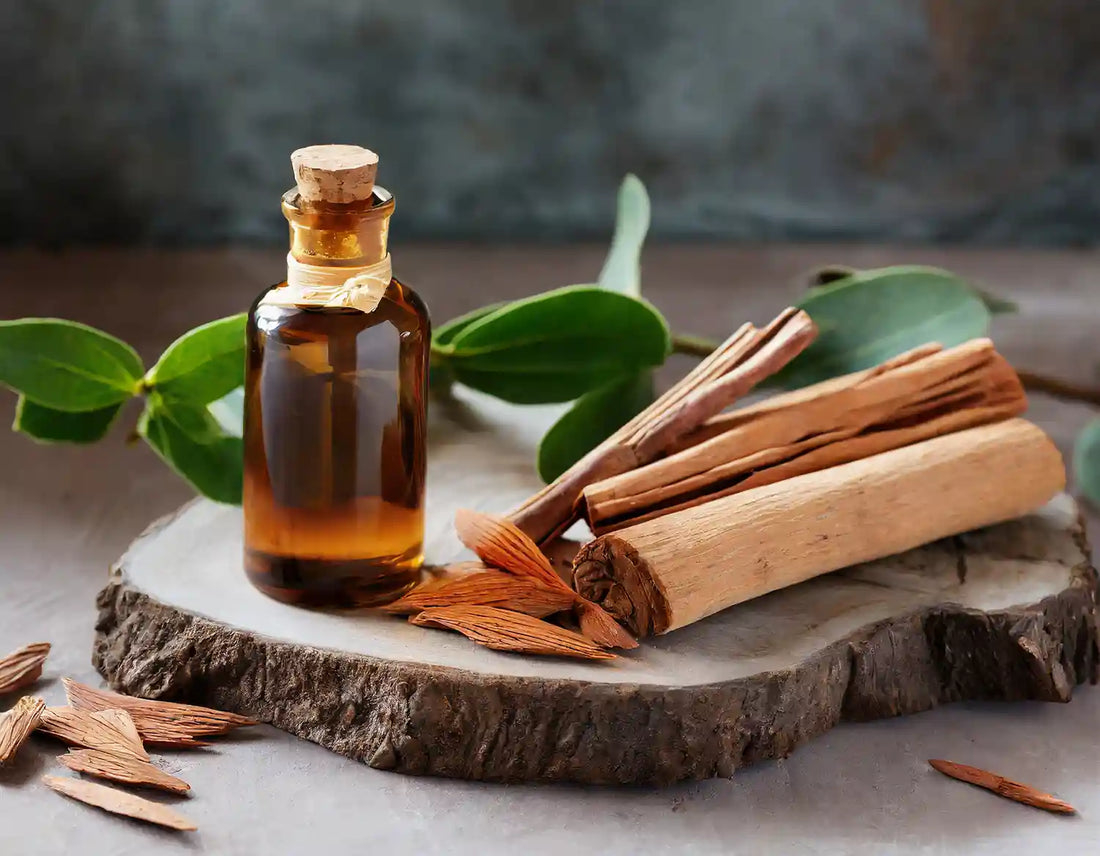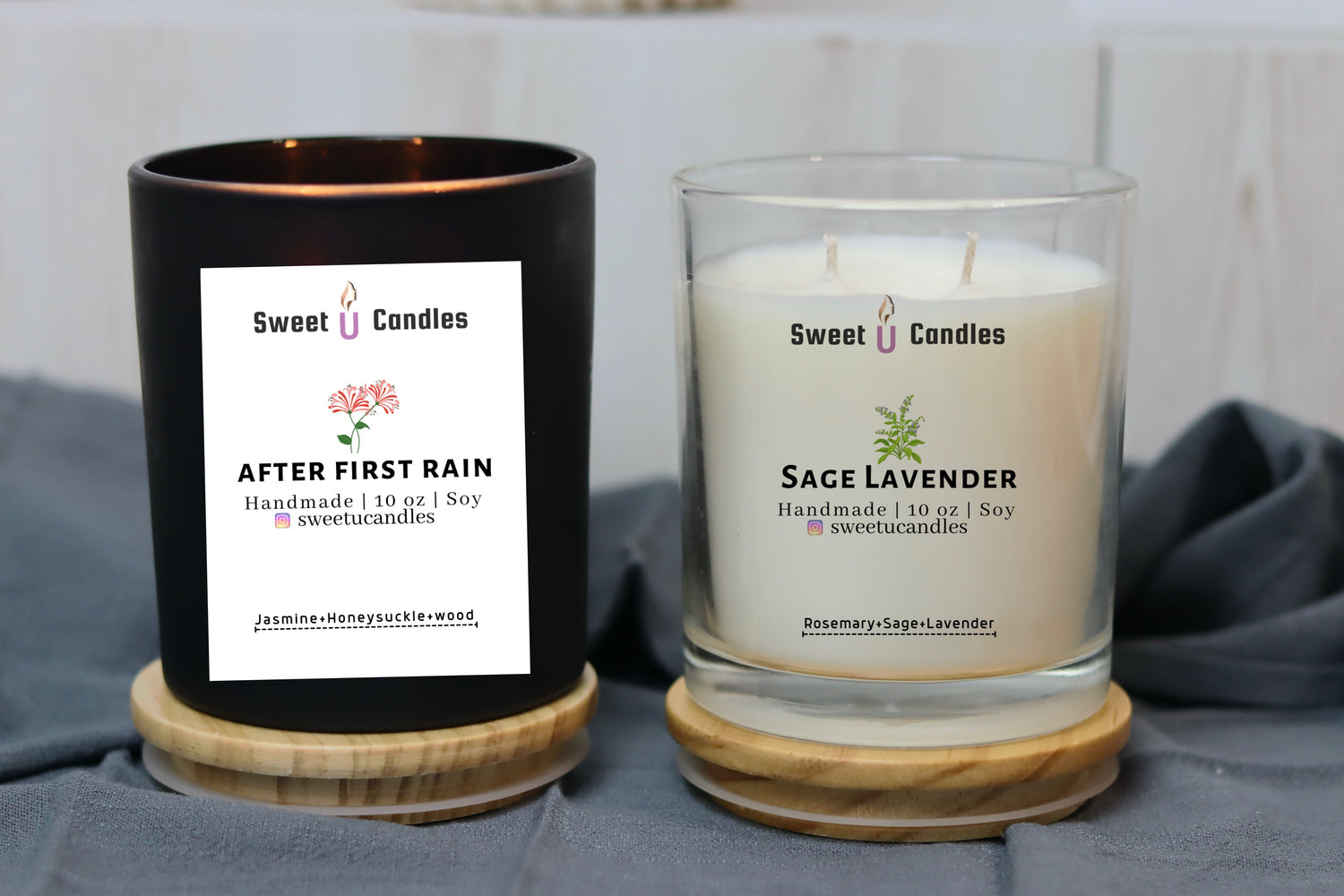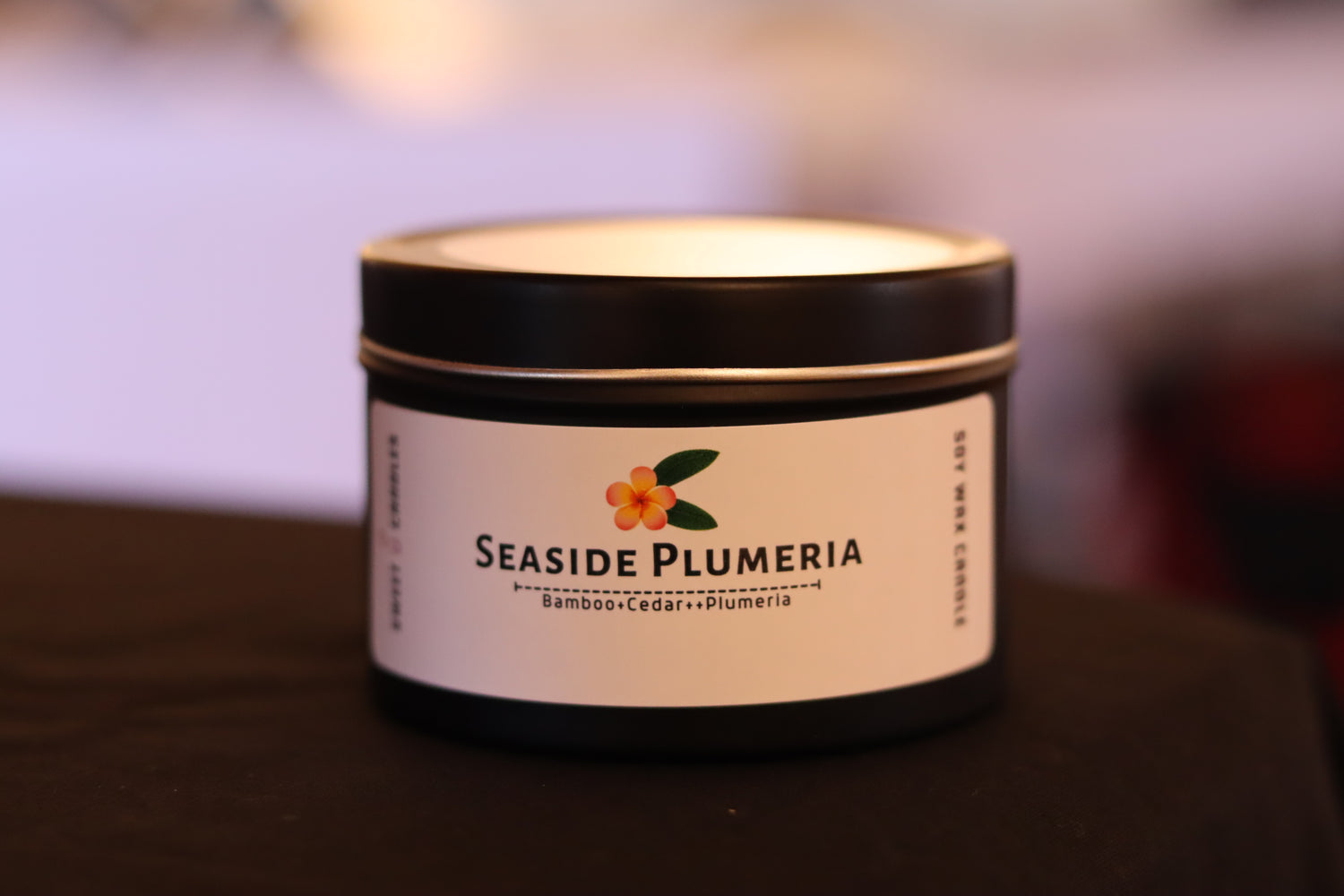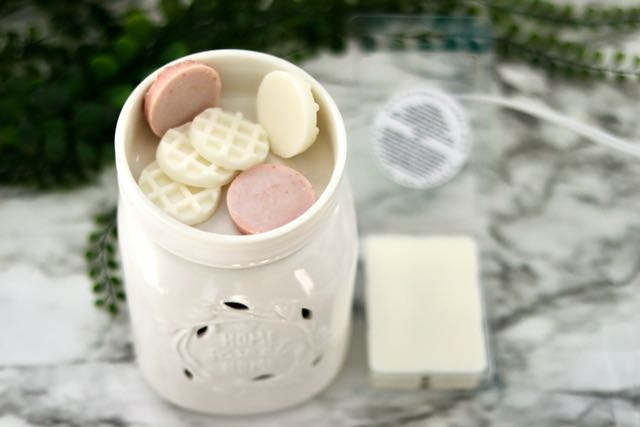Sandalwood is a luxurious and sophisticated scent used in various perfumes, soaps, lotions, and luxury candles. It's often described as distinctive, but if you haven’t experienced it firsthand, you might be wondering what sandalwood actually smells like.
What Does Sandalwood Smell Like?
Sandalwood is categorized under the woody fragrance family, which includes scents like cedar, vetiver, patchouli, pine, and cypress. Among these, sandalwood is most similar to patchouli, sharing the “woody amber” subgroup, characterized by musky, earthy, and slightly sweet and spicy notes.
If you’ve smelled pure sandalwood, you’ll find its fragrance very recognizable. For those who haven’t, here are the main characteristics:
- Softly woody
- Smooth and creamy
- Warm, rich, and earthy
- Sensual and seductive
- Tropical and exotic
- Slightly musky
- Slightly sweet
- Slightly spicy
Compared to other woody scents, sandalwood has a brighter and subtly sweet quality. It’s smooth and creamy, often described as buttery, milky, comforting, sensual, and seductive.
Sandalwood is a wonderful base note that enhances other scents. It blends well with middle and top notes, especially fruity, floral, and earthy notes, to create rich and uplifting fragrances. While it was once considered a masculine scent, sandalwood is now popular in many fragrances for women too. At Sweet U Candles, we use sandalwood as a base note in several of our top-selling luxury candles, appreciated by both women and men alike.
Where Does Its Scent Come From?
The unique scent of sandalwood comes from santalol, a compound found in the essential oils extracted from the heartwood of the Indian sandalwood tree (Santalum album) and its relatives. Indian sandalwood is an evergreen tree native to southern India and Southeast Asia. Each tree can grow up to 9 meters tall and live for a hundred years.
Due to overharvesting, Indian sandalwood is currently an endangered species. Strict government regulations control its harvesting, and the high global demand for its oil and heartwood makes sandalwood the planet’s most expensive wood.
Today, many sandalwood oils come from closely related species like Australian sandalwood (Santalum spicatum) and New Caledonia sandalwood (Santalum austrocaledonicum). New Caledonia sandalwood has a warm, creamy scent similar to Indian sandalwood, while Australian sandalwood has a lighter, woodier scent due to its lower santalol content. These alternatives are more ethical and less expensive than Indian sandalwood.
What Are the Benefits of Sandalwood?
For 4,000 years, sandalwood has been valued for its medicinal benefits. In traditional Indian and Chinese medicine, sandalwood oil was used to treat colds, digestive issues, UTIs, muscle problems, and mental disorders. While many of these uses haven’t been scientifically proven, modern research shows sandalwood offers numerous health benefits, including:
- Managing anxiety
- Promoting wound healing
- Anti-inflammatory effects
- Anti-cancer benefits
- Anti-microbial properties
In aromatherapy, sandalwood oil is used to promote calmness, reduce stress, and alleviate anxiety, nervousness, and depression. The comforting aroma of sandalwood can also improve sleep quality by making you feel relaxed and reducing insomnia symptoms. If you plan to light a sandalwood candle before bed, remember to blow it out before you fall asleep, as its long-lasting fragrance will continue to linger.
Our Favorite Sandalwood Candles
At Sweet U Candles, we infuse many of our beloved candle fragrances with warm, enticing base notes of sandalwood to impart deep, long-lasting scents that fill your home with a wonderful atmosphere. Each candle features an original fragrance blend that tells a different story.




